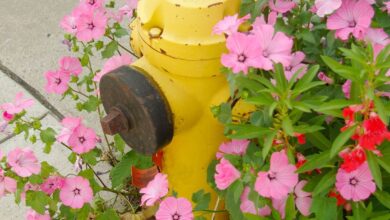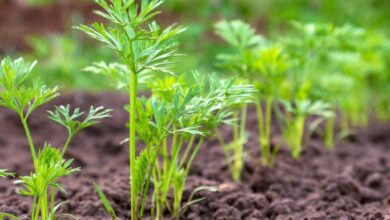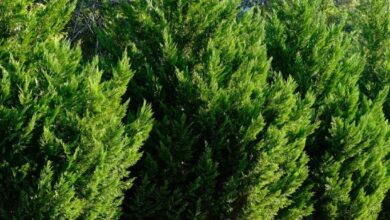Impress Your Friends With The Longest Pepper In The World

I admit it. Sometimes I like to brag about the produce I grow in my garden. Whether it’s harvesting the most, the biggest or the tastiest, showing off my homegrown veggies is a way to impress friends and spark a bit of friendly competition with my gardening buddies. Which in turn, encourages me to try harder each year.
Dirty Little Vegetable Secrets
So here’s the inside scoop. I’m not an extraordinary gardener. But I do know how to read a seed catalog and therein lies my secrets for success. (I’m about to share one of my secrets with you now.)
If you want to impress family, friends and neighbors by growing the biggest sweet peppers they’ve ever seen, start with a variety of peppers that has a track record of greatness in the size department. That would be the Aconcagua. Many consider it to be one of the longest varieties of sweet peppers in the world.
This Argentina heirloom, named for the mountain which dominated its native range, can grow up to 12 inches (30 cm.) long and 2.5 inches (5 cm.) wide. Now that’s a big pepper. Yet, this South American beauty brings much more to the table than its hefty size.
The Giant Aconcagua pepper has a very sweet and fruity flavor. Its thick walls give it substance in salads, salsa and other recipes which call for fresh peppers. Yet, its tell-tale cone-shaped body betrays the fact that Aconcagua is a type of frying pepper. Its tender, thin skin doesn’t become tough when cooked.
Growing an Aconcagua Pepper Plant
The real reason I love planting the Aconcagua is these extremely prolific plants are very easy to grow. I’ve never had an issue with diseases or insect pests attacking these pepper plants. The deer seem to leave them alone as well.
I transplant them outdoors when the ground has warmed and frost no longer threatens. I water, weed and fertilize as needed, but most years these pepper plants need very little attention to reach their maximum height of 3 to 4 feet (.9-1.2 m.).
While I love the Aconcagua, I don’t advise planting them as your only variety of sweet pepper. They take a bit longer than other types to mature. When these plants do start producing, expect an abundance of peppers on each plant. In fact, some gardeners stake Aconcagua peppers to keep the plants from bending, breaking or becoming uprooted.
Immature Aconcagua peppers are a light green color, but transition through a streaky greenish-orange hue before reaching their final mature color of bright red. They tend to ripen later in the season, right about the time I’m frying and roasting peppers for the freezer.
By now you’re probably wondering how large my Aconcagues actually get. I wish I could tell you, but this pepper has a funny habit of getting wavy and sometimes curling as it grows. Perhaps it’s because they grow so long, but only a few remain perfectly straight as they reach their maximum size.
However, I can assure you this variety of peppers have given me some pretty impressive bragging rights. And what’s more fun than watching the eyes of unsuspecting visitors widen when I pick what appears to be the longest pepper in the world from my garden. Shhh! Just don’t let on that I’m not the extraordinary gardener they think I am.
Source link






